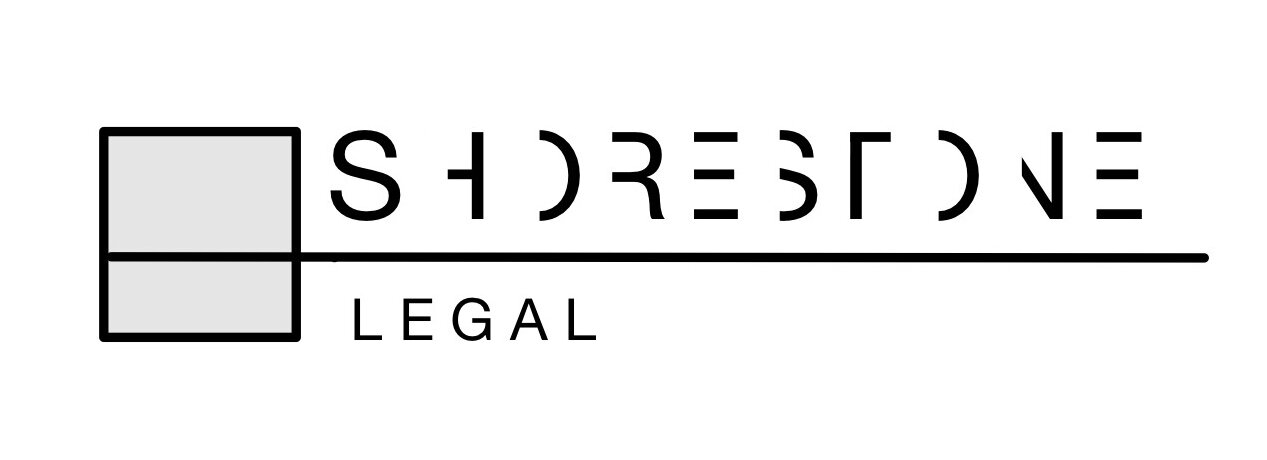Shinohara and Add-Backs in Family Law
In Family Law property settlement matters, ex-partners sometimes spend money or intentionally move assets beyond the reach of their former spouse. Sometimes this can be blatant, for example transferring assets to family members or to offshore accounts, and sometimes it can be wastage for example excessive post-separation spending of joint money.
In response to this behaviour, the Court previously accepted that missing or removed assets can be notionally added back to the list of assets and liabilities to help determine a just and equitable division of assets at the end of a relationship. In this way the innocent ex-spouse was financially protected from their ex-partner’s wasteful expenditure or unfair disposal of matrimonial assets.
In Omacini & Omacini [2005] FamCA 195 the Court recognised three types of ‘add-backs’ that should be recognised in family law matters: the parties’ expenditure for their own legal fees, the premature distribution of matrimonial assets, and financial losses which were intentional or caused by recklessness or negligence.
Legal fees were considered add-backs because, under the Family Law Act, each party was usually required to pay their own legal fees. It follows that any money already used to pay a party’s own legal fees would have otherwise been available for distribution.
On 10 June 2025 amendments to the Family Law Act came into effect, including changes to how the Court approaches property settlement matters for both married and de-facto relationships that have ended. These changes introduced much more proscriptive matters to be taken into account by the Court when determining each partner’s contributions to the asset pool, and each parties’ current and future needs.
In Shinohara & Shinohara [2025] FedCFamC1A 126 the Appeal Court considered add-backs in the context of these new changes, as well as other parenting and property matters the subject of the appeal. In the primary judgment the Lower Court did not add back funds that had been expended by both the husband and the wife from the recent sale of a property, some of which had been expended on legal fees. The Lower Court’s reasoning was that the Court’s exercise of discretion was limited because the funds were no longer in existence, and only property that was still in existence at the time of the trial should be adjusted. One of the Wife’s many grounds of appeal was that she had been denied procedural fairness and “the opportunity to make submissions on the weight of contributions to the actual pool being considered by the primary judge, if it were to be without add backs, rather than the pool they understood had been adopted by both parties” (at paragraph 103 of the appeal judgment).
The Wife’s appeal on this ground was successful, primarily on the basis that (during the original trial) “there was no indication that the identification and value of the property of the parties … , including the notional adding back of the proceeds of sale of real properties exhausted by them, was being contemplated by the primary judge. It could not have been reasonably anticipated by the parties … that the primary judge would not include the adding back of the notional items of property that no longer existed” (at paragraph 104).
The Appeal Court then set the original property orders aside and re-exercised the Court’s discretion to adjust property interests between the husband and the wife. The Appeal Court went on to clearly state that ‘add-backs’, or the notional inclusion of non-existent property in the pool of assets to be divided, is no longer allowed. The new provisions of the Family Law Act were clear, and “only the existing property of the parties is to be identified and only that existing property is to be divided or adjusted” (at paragraph 121).
However, the Appeal Court did find that the recently amended sections of the Act dealing with how the Court should assess each parties’ contributions during the relationship, and each parties’ current and future needs, still required the Court to consider the disposal or expenditure of assets falling within the ‘add-back’ categories identified in Omacini, when exercising the Court’s discretion to divide property after a marriage or de facto relationship had ended (at paragraphs 123 to 126). Although expended or wasted assets can no longer be included as notional assets in the property pool, they should still be part of the assessment of each parties’ contributions during the relationship and the assessment of their current and future needs after the relationship has ended.
Shinohara therefore represents a significant change for family law property settlement matters, in relation to add-backs. These changes will affect how you and your family lawyer should approach preliminary negotiations with your ex-partner.
In summary:
Property (including cash savings) that no longer exists cannot be treated as notional property or ‘add-backs’ when negotiating a settlement;
When preparing a balance sheet for negotiations, for family dispute resolution, or without-prejudice settlement offers, add-backs should no longer be included; and
You and your lawyer should instead focus on the circumstances of the expenditure or wastage, and how it has adversely affected the other parties’ contributions and current and future needs.
